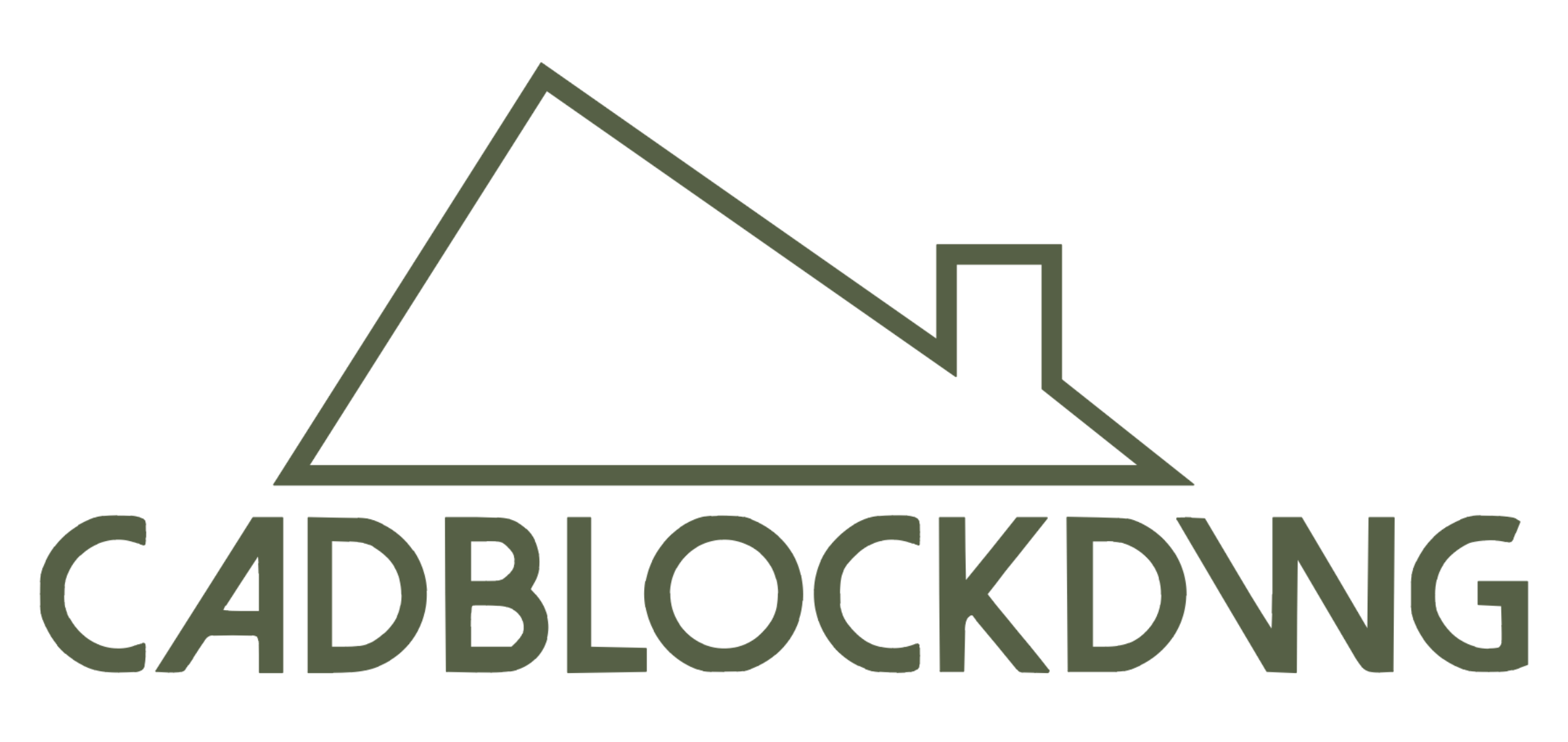The trends in architecture is constantly evolving, with new trends and innovations emerging every year. In 2023, we can expect to see a focus on sustainability, the adaptive reuse of existing buildings, and the integration of technology in design and construction. Walkability and mixed-use development will also be important considerations, as well as biophilic design, resilient design, and net-zero energy buildings. Accessibility and universal design will continue to be a priority, as well as wellness design. Finally, we can expect to see the use of innovative materials and construction techniques in architecture in 2023. These trends reflect a growing awareness of the need to create buildings and spaces that are not only functional and aesthetically pleasing but also sustainable, resilient, and supportive of the health and well-being of their occupants.
- Sustainable and energy-efficient design: One of the top architectural trends for 2023 is a focus on sustainable and energy-efficient design. This includes using renewable energy sources, such as solar panels and wind turbines, as well as energy-efficient building materials and systems. Architects are also using biophilic design, which incorporates elements of nature into buildings, to improve indoor air quality and reduce energy consumption.
- Adaptive reuse of existing buildings: Another trend in architecture for 2023 is the adaptive reuse of existing buildings. This involves repurposing old or abandoned buildings for new purposes rather than tearing them down and starting from scratch. This approach can not only help preserve a place’s character and history, but it can also be more sustainable and cost-effective.
- Use of technology in design and construction: Technology is also playing a major role in the field of architecture. In 2023, we can expect to see virtual and augmented reality use for design visualization and drones for site analysis and construction documentation. 3D printing is also being explored as a potential solution for building more quickly and efficiently.
- Walkability and mixed-use development: As more people opt to live in urban areas, the demand for walkable, mixed-use developments is rising. These projects combine residential, commercial, and recreational spaces in one location, creating a vibrant and convenient community.
- Biophilic design: As mentioned earlier, biophilic design, which incorporates elements of nature into buildings, is gaining popularity. This trend not only helps to improve indoor air quality, but it can also positively impact the mental health and well-being of building occupants.
- Resilient design: With the increasing frequency and severity of natural disasters, resilient design is becoming an important architectural consideration. This involves designing buildings and infrastructure that can withstand extreme weather events and other natural disasters, as well as being able to recover in the aftermath quickly.
- Net-zero energy buildings: A net-zero energy building produces as much energy as it consumes, effectively offsetting its carbon footprint. In 2023, we can expect to see more architects and developers striving to create net-zero energy buildings to reduce greenhouse gas emissions and combat climate change.
- Accessibility and universal design: Another trend in architecture for 2023 focuses on accessibility and universal design. This includes designing buildings and spaces easily accessible and usable by people of all ages and abilities. This can involve features such as ramps, elevators, and wide doorways for wheelchair users and visual and auditory aids for those with sensory impairments.
- Wellness design: As the importance of mental health and well-being becomes more widely recognized, architects are incorporating wellness design principles into their projects. This can involve designing buildings and spaces that promote physical activity, such as access to outdoor areas and the inclusion of stairs, and incorporating elements that support mental health, such as natural light and greenery.
- Innovative materials and construction techniques: Finally, we can expect to see the use of innovative materials and construction techniques in architecture in 2023. This can include the use of recycled and biodegradable materials, as well as the adoption of new technologies such as mass timber construction and prefabrication. These approaches can help to reduce waste, increase efficiency, and decrease the environmental impact of construction.
In conclusion, the top trends in architecture for 2023 are focused on sustainability, the adaptive reuse of existing buildings, and the integration of technology in design and construction. Other important trends include walkability and mixed-use development, biophilic design, resilient design, net-zero energy buildings, accessibility and universal design, and wellness design. Additionally, we can expect to see the use of innovative materials and construction techniques in architecture in 2023. These trends reflect a shift towards creating buildings and spaces that are not only functional and aesthetically pleasing but also sustainable, resilient, and supportive of the health and well-being of their occupants.
For CAD Blocks, visit our product Page.
